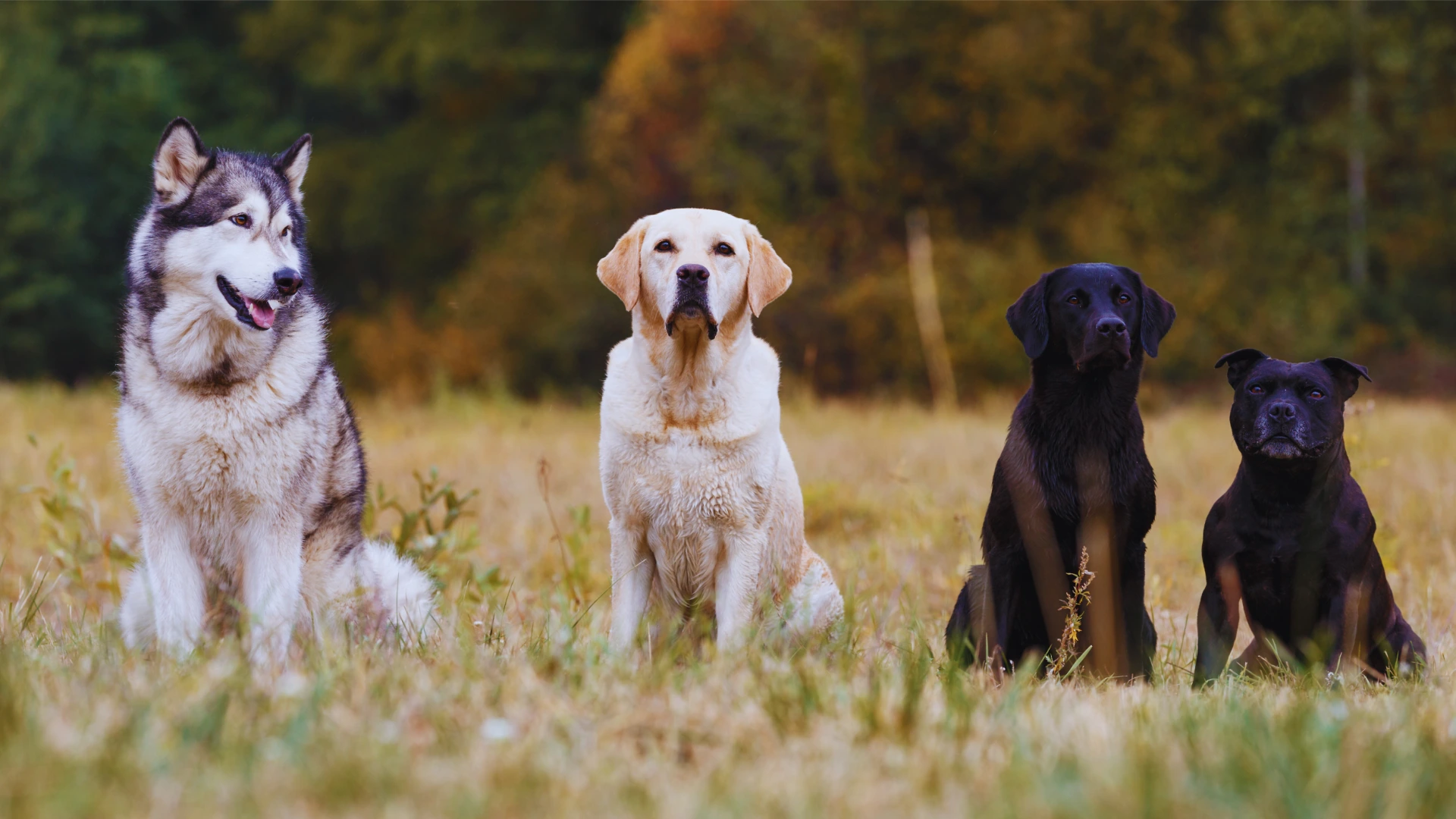12 Healthiest Dog Breeds for Long, Happy Lives (Vet-Backed Guide)
What Are the Healthiest Dog Breeds?
The healthiest dog breeds include Australian Cattle Dogs, Border Collies, Basenjis, Belgian Malinois, Beagles, Chihuahuas, German Pinschers, Greyhounds, Havanese, Shiba Inus, Poodles, and mixed-breed dogs.
These breeds are known for long lifespans, strong immune systems, and lower risk of genetic diseases compared to many others.
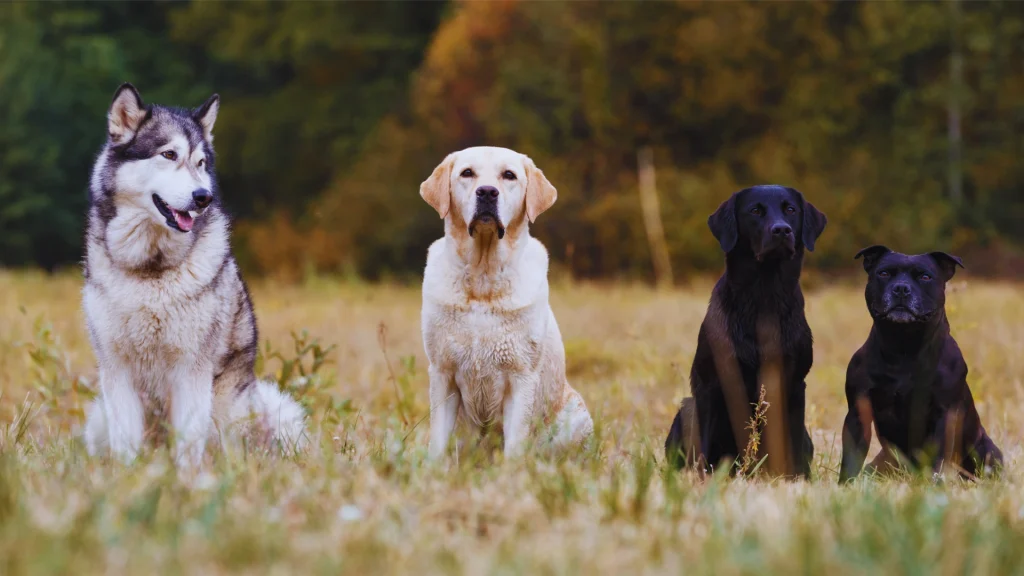
When choosing a furry friend, most dog lovers hope for more than just a cute face — they want a companion that’s healthy, energetic, and by their side for many happy years. Picking one of the healthiest dog breed can mean fewer vet visits, lower medical bills, and a more active life together.
But what actually makes some breeds naturally healthier? While no dog is completely immune to illness, certain breeds stand out for their longevity, resilience, and overall wellbeing.
In this guide, you’ll discover:
- The key traits that define a healthy breed.
- A detailed look at the top 12 healthiest dog breeds.
- Vet-approved advice to keep any pup in great condition.
As Dr. Karen Becker, a proactive integrative veterinarian, puts it: “Genetics matter, but lifestyle and daily care determine how well a dog truly thrives.”
Whether you’re a first-time dog owner or looking to add another pup to your family, this article will give you clear, practical guidance to make the best choice.
What Makes a Dog Breed “Healthy”?
The healthiest dog breeds usually share a few key traits: strong genetics, fewer inherited diseases, and body structures that don’t put extra stress on their joints or organs. In simple terms, breeds with balanced body shapes, natural energy levels, and a history of long lifespans are often the ones that stay healthier throughout life.
A breed is considered “healthy” if it:
- Has low risk of genetic disorders (like hip dysplasia or heart problems).
- Maintains a balanced body structure (not too flat-faced or too large).
- Shows consistent lifespans that are above average.
- Requires reasonable care (not overly fragile or high-maintenance).
Why Genetics Matter?
Some breeds were developed with extreme looks (flat noses, short legs, very large bodies). While cute, these traits can create health issues. For example, brachycephalic breeds like Bulldogs often face breathing problems. In contrast, breeds with more natural body shapes — like Beagles or Border Collies — tend to avoid these complications.
Lifestyle Still Plays a Role
Even if a breed is genetically healthy, daily care matters. Exercise, diet, and regular vet check-ups are what allow those natural strengths to shine. Think of genetics as the foundation, and lifestyle as the walls and roof that complete the house.
In short: A healthy breed starts with strong genetics and balanced structure, but it’s the right care that keeps them thriving.
Important: No breed is immune to illness — but choosing a breed with a strong natural constitution gives you a head start toward a happy, long-lived pet.
👉 Reference: American Kennel Club – Dog Breed Health
Top 12 Healthiest Dog Breeds (Lifespan, Health, and Care Needs)
If you’re looking for dogs with strong genetics and fewer health issues, here are 12 of the healthiest breeds. These dogs are known for long lifespans, good energy levels, and resilience against common diseases.
1. Australian Cattle Dog
- Lifespan: 12–16 years
- Temperament: Alert, loyal, hardworking.
- Health Strengths: Rarely affected by hereditary diseases, strong immune system, highly active.
- Care Needs: Needs daily outdoor activity and mental challenges. Without exercise, can become restless.
- Diet Needs: High-protein diet with lean meats, fish, and vegetables. Avoid overfeeding as they have strong appetites.
- Why they’re healthy: Bred for endurance and resilience, they’re among the longest-living working dogs.
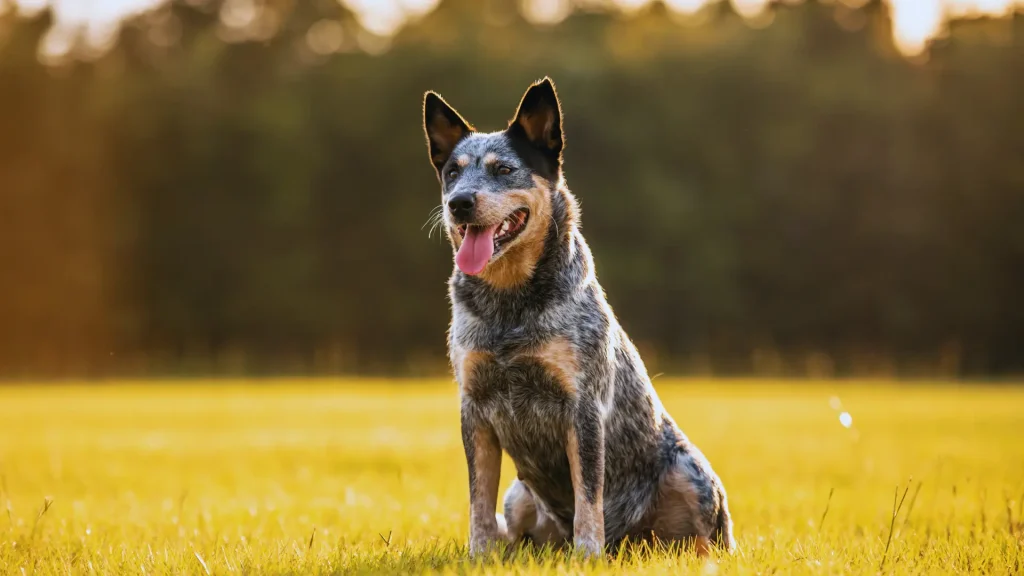
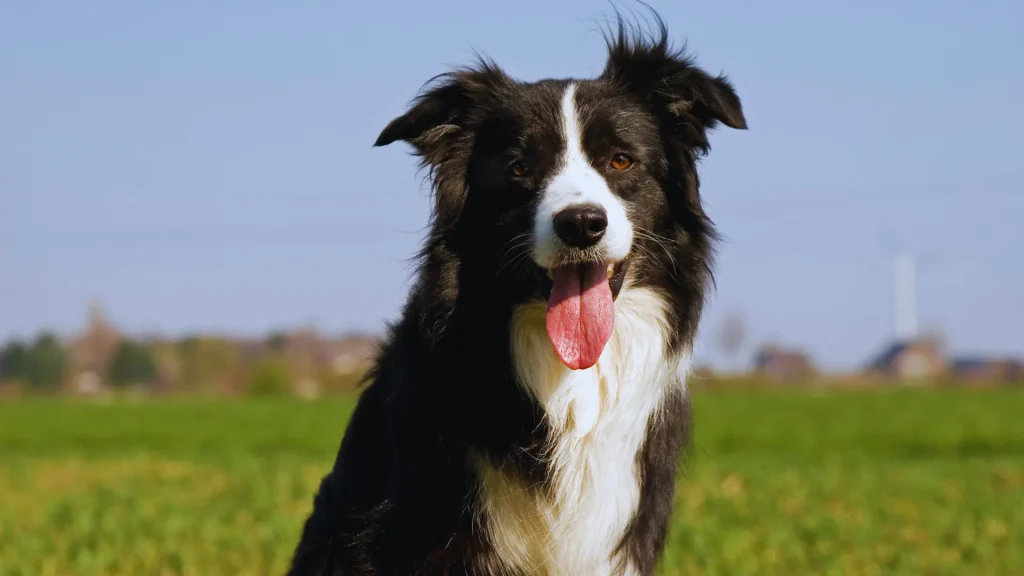
2. Border Collie
- Lifespan: 12–15 years
- Temperament: Intelligent, energetic, trainable.
- Health Strengths: Low risk of hip/heart disease, excellent joint health.
- Care Needs: Needs mental stimulation (puzzles, training) and vigorous daily exercise.
- Diet Needs: Requires high-energy meals rich in protein and slow-release carbs like oats or sweet potatoes to fuel activity.
- Why they’re healthy: Their active lifestyle keeps them lean and strong.
3. Basenji
- Lifespan: 13–14 years
- Temperament: Independent, curious, “barkless” breed.
- Health Strengths: Rarely suffers hip dysplasia or arthritis. Minimal genetic diseases.
- Care Needs: Moderate exercise; excellent for urban homes since they’re low-noise and low-grooming.
- Diet Needs: Balanced diet of lean protein and vegetables. Easily gains weight if overfed.
- Why they’re healthy: Naturally hardy and stress-free in temperament.

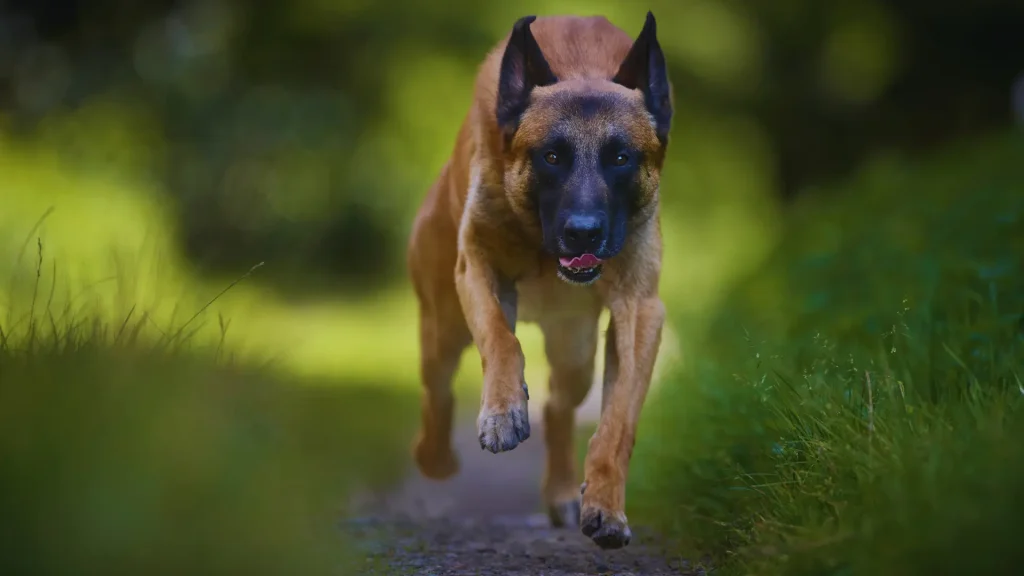
4. Belgian Malinois
- Lifespan: 12–14 years
- Temperament: Protective, focused, athletic.
- Health Strengths: Very low cancer/heart issues. Excellent muscle and bone health.
- Care Needs: High daily exercise; best for experienced owners.
- Diet Needs: Protein-heavy diet with chicken, lamb, and fish. Supplements like glucosamine help maintain joint health.
- Why they’re healthy: Built for police/military work, they have superior strength and stamina.
5. Beagle
- Lifespan: 12–15 years
- Temperament: Friendly, playful, affectionate.
- Health Strengths: Few genetic diseases; only risk is obesity.
- Care Needs: Moderate daily walks and play. Needs mental stimulation (scent work, toys).
- Diet Needs: Lean protein meals with vegetables and limited fat. Watch portions — they love food.
- Why they’re healthy: Their hardy constitution and strong immunity make them a top family dog.


6. Chihuahua
- Lifespan: 14–17 years
- Temperament: Alert, loyal, bold for their size.
- Health Strengths: Naturally long-lived, resistant to most major illnesses.
- Care Needs: Short walks + indoor play. Needs extra dental care.
- Diet Needs: Small-breed formulated food, high in protein and calcium. Avoid bones or hard chews due to fragile jaws.
- Why they’re healthy: Their tiny size and strong genetics make them one of the longest-living dogs.
7. German Pinscher
- Lifespan: 12–14 years
- Temperament: Energetic, fearless, affectionate with family.
- Health Strengths: Strong immune system, minimal hereditary disease.
- Care Needs: Daily physical and mental activity; enjoys outdoor play.
- Diet Needs: Protein-based meals (meat/fish) with omega-3s for coat health. Needs steady feeding schedule to avoid overeating.
- Why they’re healthy: Agile and robust, with few common health problems.

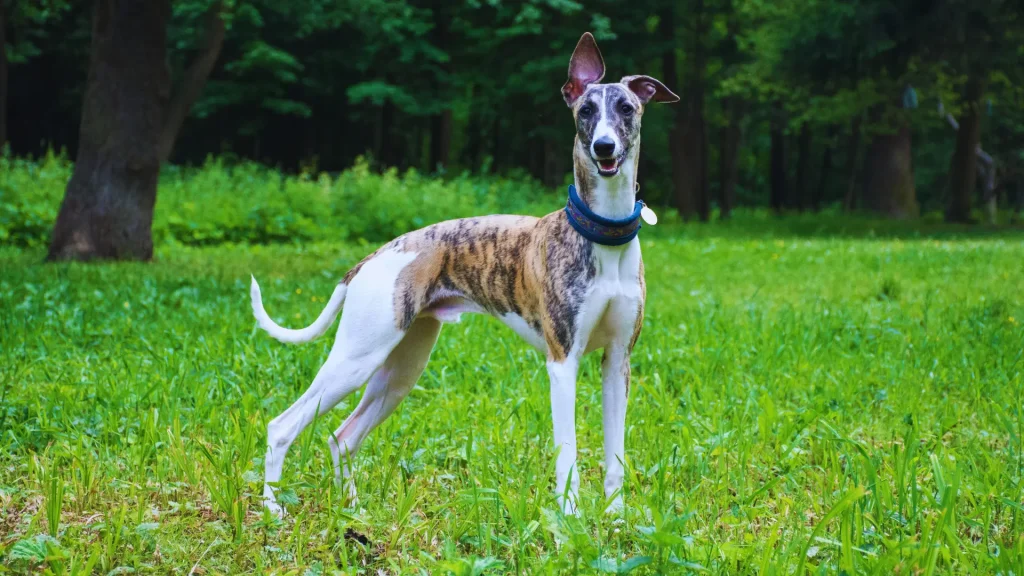
8. Greyhound
- Lifespan: 10–14 years
- Temperament: Gentle, calm indoors, loves sprinting outdoors.
- Health Strengths: Low risk of arthritis and hip problems, especially compared to other large breeds.
- Care Needs: Daily sprints in open spaces + relaxed home environment.
- Diet Needs: Lean red meat, fish, and rice. They have low body fat, so need nutrient-dense meals.
- Why they’re healthy: Surprisingly robust for their size, with strong bone and joint health.
9. Havanese
- Lifespan: 13–15 years
- Temperament: Playful, affectionate, social.
- Health Strengths: Very low hereditary disease risk; strong overall constitution.
- Care Needs: Moderate exercise and regular grooming to keep coat clean.
- Diet Needs: Balanced meals with lean proteins and veggies. Avoid high-fat foods to prevent obesity.
- Why they’re healthy: Their adaptability and resilience make them long-living companions.


10. Shiba Inu
- Lifespan: 12–16 years
- Temperament: Independent, clean, alert.
- Health Strengths: Resistant to most common canine diseases.
- Care Needs: Moderate exercise; needs early training/socialization.
- Diet Needs: Thrive on fish-based protein (like salmon), chicken, rice, and vegetables. Naturally clean eaters.
- Why they’re healthy: Their ancient lineage gives them strong natural resilience.
11. Poodle (Miniature and Standard)
- Lifespan: 12–15 years
- Temperament: Intelligent, versatile, family-friendly.
- Health Strengths: Strong joints, heart, and immune system.
- Care Needs: Needs mental challenges, daily exercise, and consistent grooming.
- Diet Needs: Balanced meals with lean proteins, rice, and omega-rich foods for coat health.
- Why they’re healthy: Smart, athletic, and resilient across all sizes.
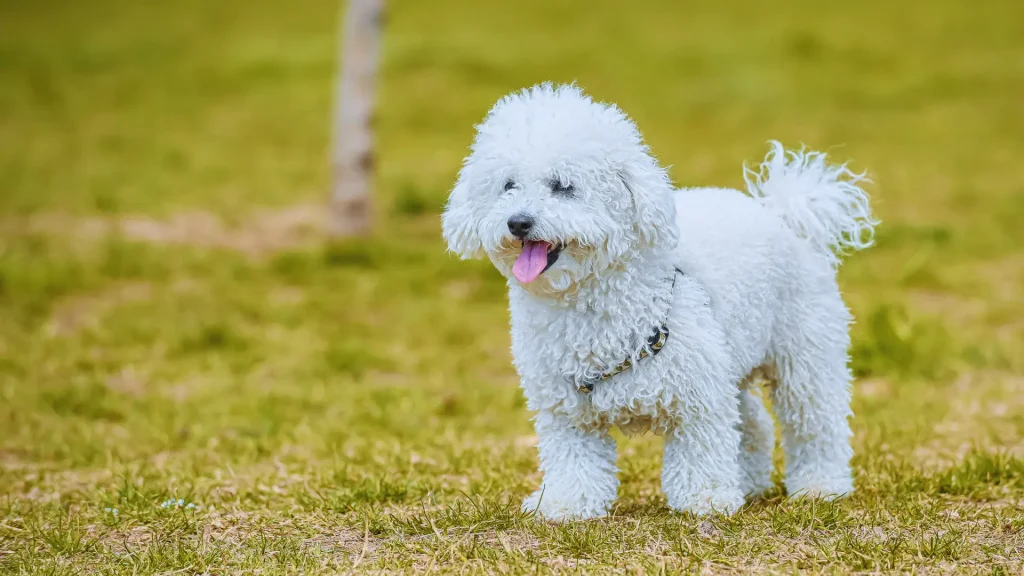

12. Mixed Breed / Mutt Dogs
- Lifespan: Often 12–16 years
- Temperament: Varies, usually adaptable and affectionate.
- Health Strengths: Hybrid vigor — reduced risk of genetic disease.
- Care Needs: Depends on mix; generally low-maintenance.
- Diet Needs: Flexible diet, but owners should watch portion sizes and tailor food to energy levels.
- Why they’re healthy: Genetic diversity gives them strong resilience and long life.
👉 Reference: Dog Longevity Study – National Institute of Health
| Breed | Lifespan | Temperament | Health Strengths | Care Needs | Diet Focus |
|---|---|---|---|---|---|
| Australian Cattle Dog | 12–16 yrs | Loyal, hardworking | Very low genetic diseases | High exercise, outdoor | Lean meats, fish, veggies |
| Border Collie | 12–15 yrs | Intelligent, active | Strong heart & joints | Daily training & play | High protein, slow carbs |
| Basenji | 13–14 yrs | Independent, quiet | Low hip/joint issues | Moderate exercise | Lean protein, veggies |
| Belgian Malinois | 12–14 yrs | Protective, athletic | Low cancer/heart risk | Vigorous exercise | Protein-rich (chicken, fish) |
| Beagle | 12–15 yrs | Playful, friendly | Hardy, low hereditary risk | Walks + scent play | Lean protein, portion control |
| Chihuahua | 14–17 yrs | Alert, loyal | Longest-living small breed | Short walks, dental care | Small-breed protein diet |
| German Pinscher | 12–14 yrs | Energetic, fearless | Strong immune system | Daily exercise | Meat/fish, omega-3 |
| Greyhound | 10–14 yrs | Calm indoors, fast | Low arthritis/hip risk | Daily sprinting | Lean meat, rice, fish |
| Havanese | 13–15 yrs | Social, affectionate | Very low disease risk | Grooming + play | Lean protein, veggies |
| Shiba Inu | 12–16 yrs | Independent, alert | Resistant to common issues | Moderate exercise | Fish-based protein, rice |
| Poodle (Mini/Standard) | 12–15 yrs | Smart, versatile | Strong joints & heart | Grooming + exercise | Lean protein, omega-rich food |
| Mixed Breed / Mutt | 12–16 yrs | Adaptable, varied | Hybrid vigor (low disease) | Varies by mix | Flexible balanced diet |
Why Are These Breeds Considered Healthy?
When experts call breeds like Australian Cattle Dogs, Border Collies, Basenjis, Belgian Malinois, Beagles, Chihuahuas, German Pinschers, Greyhounds, Havanese, Shiba Inus, and Poodles “healthy,” it isn’t just about luck. These dogs share common traits that make them naturally resilient and less prone to many inherited illnesses.
1. Selective Breeding for Functionality
Most of these dogs were originally bred for working purposes—herding, hunting, or guarding. For example, the Australian Cattle Dog and Border Collie were bred for stamina and intelligence, not exaggerated physical features. This kind of functional breeding often produces sturdier dogs with fewer genetic weaknesses.
2. Fewer Inherited Disorders
Breeds like the Basenji and Shiba Inu have relatively clean genetic backgrounds compared to heavily inbred toy or brachycephalic dogs (like Bulldogs or Pugs). They generally face fewer issues like hip dysplasia, breathing problems, or heart disease.
3. Strong Immune Systems & Longevity
Smaller breeds such as the Chihuahua and Havanese often live longer (15+ years) due to naturally slower aging and fewer size-related complications. Meanwhile, lean dogs like Greyhounds and German Pinschers benefit from efficient metabolisms that reduce obesity-related risks.
4. Balanced Temperament & Energy Levels
Healthy breeds are not just about the body—they’re also mentally strong. The Belgian Malinois and Poodle are highly intelligent and thrive with training and exercise, which helps prevent stress-related illnesses and keeps them active well into old age.
5. Mixed-Breed Advantage
Mixed-breed dogs (mutts) often benefit from hybrid vigor—a wider genetic pool that reduces the chance of inheriting the same disease genes from both parents. This gives them an edge in overall health and lifespan compared to some purebred dogs.
Bottom line: These breeds are considered healthy because of their genetic resilience, functional breeding history, lower risk of inherited diseases, and adaptability to active lifestyles.
How to Choose the Right Healthy Dog for Your Lifestyle
The healthiest dog for your lifestyle is one that matches your daily activity level, home space, grooming commitment, and long-term care ability. For example, a Border Collie thrives with active owners who love outdoor adventures, while a Havanese is a great choice for apartment living and families who want a low-shedding, affectionate companion.
Key Factors to Consider When Choosing a Breed
- Activity Level
- High-energy breeds (Australian Cattle Dog, Border Collie, Belgian Malinois) need at least 1–2 hours of intense daily exercise.
- Lower-energy breeds (Greyhound, Havanese) do fine with daily walks and indoor play.
- Living Space
- Apartment-friendly: Chihuahua, Havanese, Shiba Inu.
- Large home or yard: Belgian Malinois, Border Collie, Australian Cattle Dog.
- Family Compatibility
- Beagle and Poodle are great with kids.
- Shiba Inu is independent but may need extra socialization around children.
- Grooming & Maintenance
- Low maintenance: Basenji, Greyhound, German Pinscher.
- High grooming needs: Poodle, Havanese.
- First-Time Owner Friendly
- Beagle, Havanese, and Poodle are excellent beginner-friendly breeds.
- Belgian Malinois and Australian Cattle Dog are better for experienced owners.
Expert Insight
“Matching a dog’s exercise and social needs with your lifestyle is the single most important factor in long-term health and happiness. Even the healthiest breed will develop issues if under-exercised, stressed, or poorly socialized.”
— Dr. Karen Becker, DVM, Integrative Veterinarian
Are Mixed Breeds Healthier Than Purebreds?
In many cases, yes. Mixed-breed dogs often benefit from hybrid vigor — a natural boost from having a more diverse gene pool. This can reduce the risk of some inherited conditions that are common in purebred dogs.
That said, being mixed doesn’t guarantee perfect health. If both parents carry the same genetic issue, a mixed-breed puppy can still inherit it. Also, health depends on diet, exercise, vet care, and environment just as much as genetics.
Bottom line: Mixed-breed dogs are often resilient and long-lived, but whether you choose a purebred or a mutt, responsible breeding, preventive vet care, and a healthy lifestyle are the real keys to keeping your dog in great shape.
Vet-Approved Tips to Keep Any Dog Breed Healthy
Even if you choose one of the healthiest dog breeds, daily care and prevention matter more than genetics. A strong breed can still suffer from obesity, dental disease, or joint problems if not cared for properly.
Dr. Karen Shaw Becker, integrative veterinarian and author of The Forever Dog, explains:
“Longevity in dogs isn’t just written in their genes — it’s shaped by daily choices. What you feed, how you exercise, and how you enrich your dog’s life directly influence how long and how well they live.”
1. Prioritize High-Quality Nutrition
- Feed a balanced diet with real protein, healthy fats, and essential vitamins.
- Avoid excessive fillers (like corn or soy) that may lead to weight gain.
- Measure portions carefully — even a few extra calories daily can lead to obesity over time.
- Fresh fruits and vegetables (like carrots, blueberries, green beans) can be safe, nutrient-rich snacks.
2. Keep Dogs at a Healthy Weight
- Obesity is one of the most common health problems across all breeds.
- Use the rib test: you should feel ribs easily without excess fat covering.
- Adjust feeding based on age, activity level, and breed.
3. Daily Exercise & Mental Stimulation
- Active breeds (Border Collies, Belgian Malinois) need structured activity like agility or herding games.
- Moderate breeds (Beagles, Havanese) thrive with daily walks and play.
- Even couch-loving dogs (like Greyhounds) need bursts of activity to stay fit.
- Mental exercise (puzzle toys, obedience training, new tricks) is just as important as physical workouts.
4. Regular Preventive Vet Care
- Schedule annual checkups (twice a year for senior dogs).
- Keep up with core vaccinations and parasite prevention.
- Ask your vet about breed-specific screenings (e.g., hip X-rays for German Pinschers, heart checks for small breeds).
5. Don’t Skip Dental Health
- Small breeds like Chihuahuas and Toy Poodles are especially prone to gum disease.
- Brush teeth regularly with dog-safe toothpaste or use dental chews.
- Dental health isn’t cosmetic — it prevents infection that can damage the heart, liver, and kidneys.
6. Provide Emotional Wellbeing
- Dogs thrive on companionship, routine, and mental engagement.
- Socialize puppies early to reduce anxiety later in life.
- Give older dogs gentle enrichment like scent games or short training sessions.
Takeaway: A dog’s breed may set the foundation, but long-term health depends on everyday care. Balanced nutrition, proper exercise, vet supervision, and love are what truly give dogs more healthy years.
Frequently Asked Questions (FAQ)
Conclusion
Choosing a naturally healthy dog breed is a great first step toward years of joyful companionship — but even the healthiest breeds thrive on love, proper care, and attention.
Whether you select an athletic Border Collie or a charming Havanese, the key is consistent nutrition, exercise, and vet care.
Remember: mixed-breed dogs often provide the best of all worlds — don’t overlook your local shelters!
Ready to learn more?
Explore our guide on Helping Dog Gain Weight and Homemade Dog Food for Kidney Disease to further support your dog’s lifelong health.
